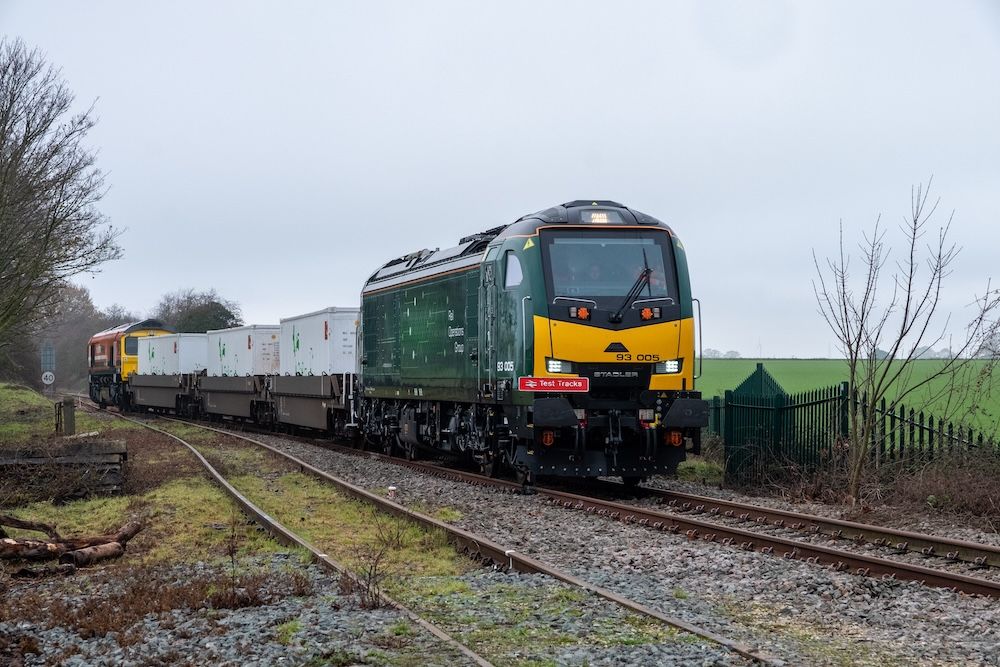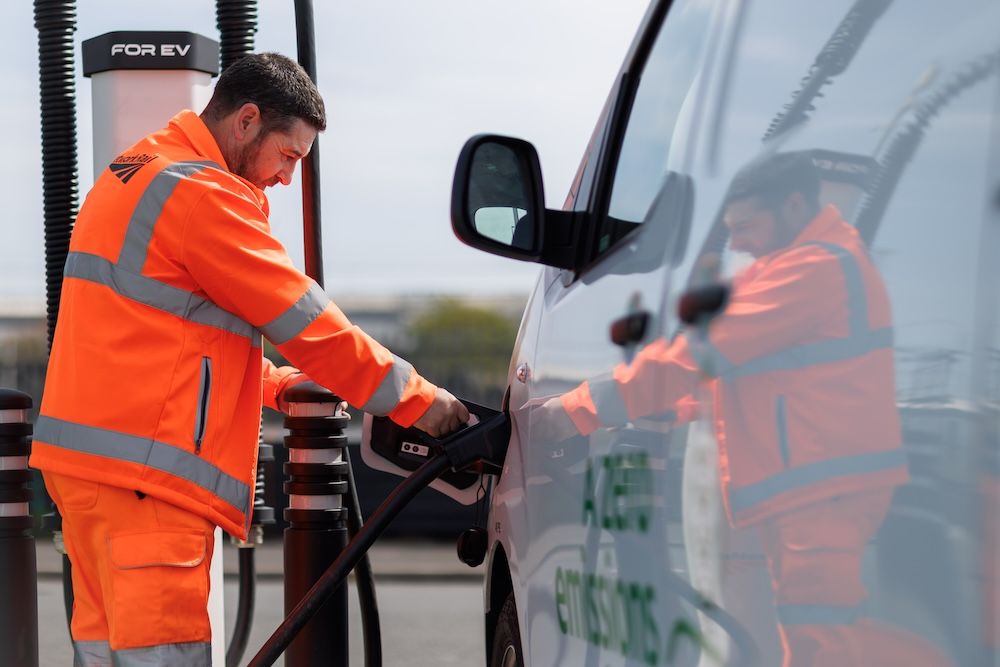Ian Cameron, Head of Customer Service and Innovation at UK Power Networks, discusses what the company is doing to meet the low carbon transport revolution.
There are currently almost 26,000 public electric vehicle (EV) charge points in the UK. By 2030, we are forecasting up to 4.5 million EVs on the road where we deliver power across London, the South East and East of England alone. It begs the inevitable question: where will all these EVs charge?
The low carbon transport revolution is increasingly exposing inequalities within our communities. Over 50% of households across the areas we serve (London, South East and East of England) don’t have access to off-street parking. These households are at risk of being left behind in the transition to Net Zero because of a lack of accessible, affordable public charging infrastructure.
What’s more, of the on-street chargers there are, none currently offer smart charging. This sets those reliant on public charging at an even further disadvantage. Drivers with off-street parking at home can access the benefits of smart charging, not least cheaper electricity at off-peak times. Not only does this mean those who rely on on-street parking are less likely to be able to access the infrastructure they need, it is also more expensive.
The good news is that if we can roll out suitable charging infrastructure, adoption will follow. We spoke to 500 of our customers who use public parking and 59% said they were more likely to switch to an EV if there were visible public charge points near their homes.
‘Near their homes’ is key. Many of us have got very used to having everything at our fingertips. From ordering a taxi on an app and having it turn up at your doorstep two minutes later, to pulling up to a petrol station and driving away with a full tank in less than five minutes. For those who park off-street, charging at home is just as straightforward. Understandably, people who rely on public parking want a comparable experience. Why would you go electric if it’s a hassle to charge your car?
More than two thirds of customers surveyed told us they expect to charge mostly at home and 75% would prefer the charge point to be within one minute’s walk of their home. People want to park close to home, whether that’s for security, accessibility or simply convenience, with 67% not willing to walk further than 100 metres to collect their charging car.
Our aim is to make it easier for everyone to make the switch to an EV regardless of where they park, ensuring that those who need to charge in public have access to the charge points to do so, at a reasonable cost. In collaboration with local councils in Cambridge, Norwich and Redbridge, we’ve been working to identify areas in need of charge points. Installing charge points in the locations we’ve identified could provide charging within a three-minute walk of nearly 50,000 people, which could make a real difference to incentivising EV uptake in these areas.
Our research showed customers want their street to still look like their street. So, charge points must not be eyesores and paths must remain accessible, so that chargers do not become obstacles that make pavements difficult to navigate for residents, especially those with accessibility concerns. We’re using these findings by building them into our work with the local councils, to make sure charging infrastructure meets the needs of residents. We are also working to develop an approach to encourage investment in accessible on-street charge points for disabled drivers.
Our recent report into on-street smart charging has also demonstrated that there is potential for it to deliver benefits to both customers and the grid. We are working with Trojan Energy to inform their trials as part of the project smartSTEP, which is installing the first smart on-street chargers in the UK.
The 2020s are set to be the defining decade for our societies Net Zero ambitions. For this to happen, we have a responsibility to ensure the network is ready for EVs to connect and charge. There is still a long way to go to bridge the gap between on- and off-street charging. Our collaborative approach with industry leaders and working closely with local authorities has led us to take the first strides towards achieving this. If you’d like to find out more, please get in touch at innovation@ukpowernetworks.co.uk or:
Download our report on On-street Smart Charging here
Download our handbook for further roll-out here
Image courtesy of UK Power Networks.







